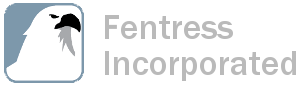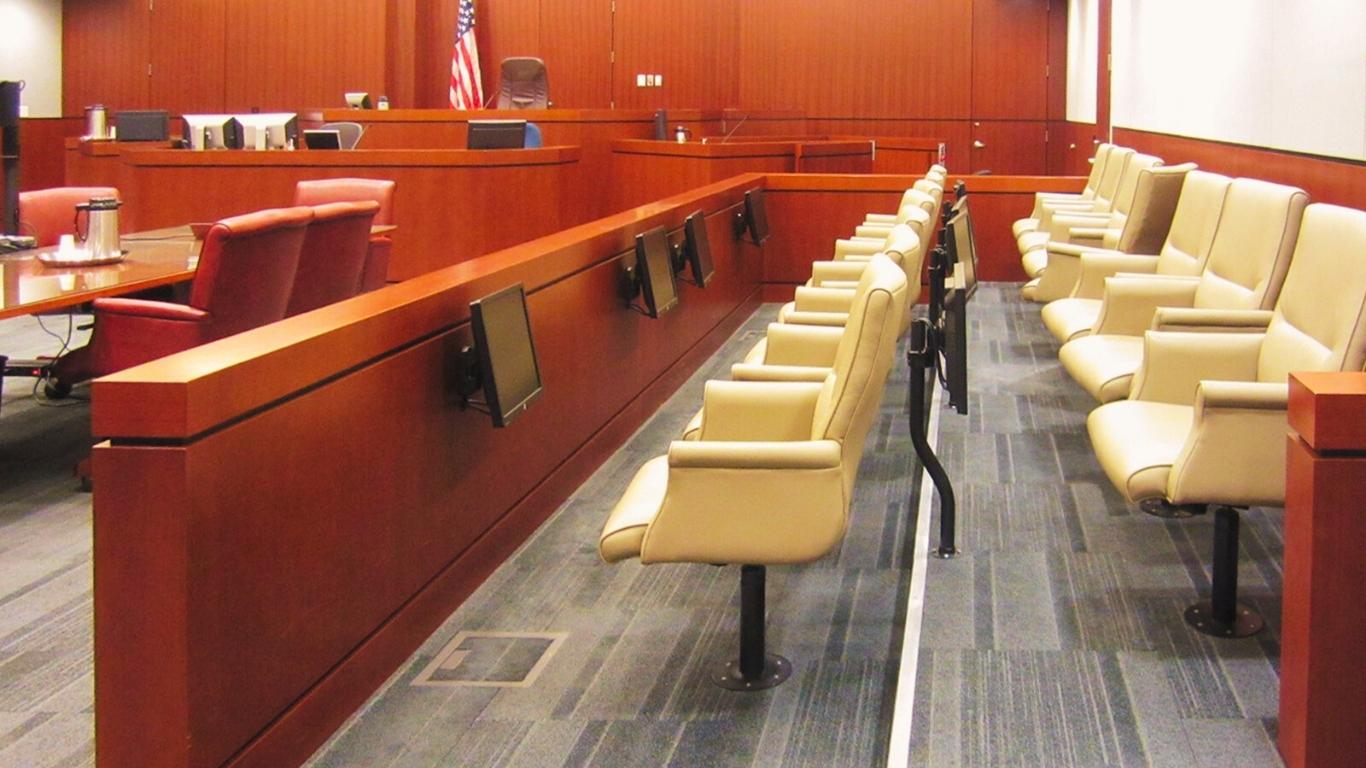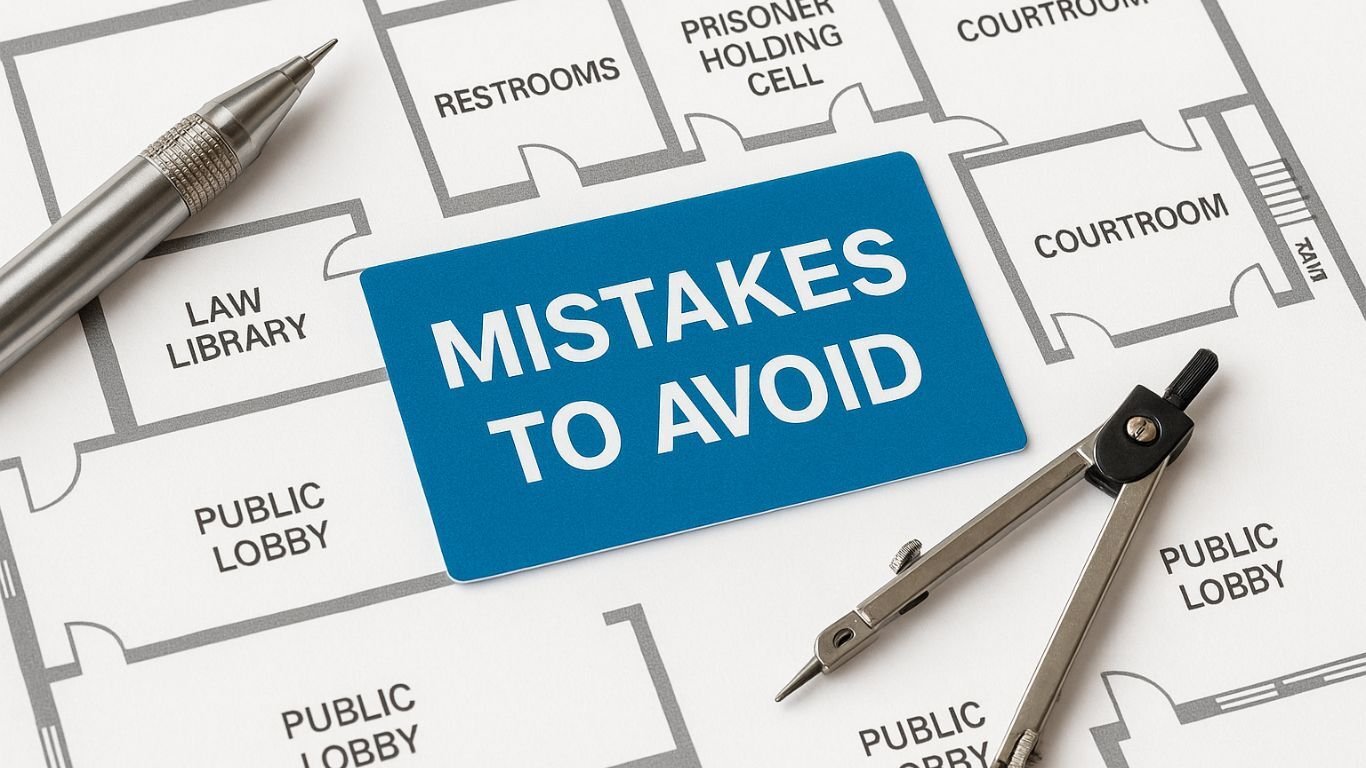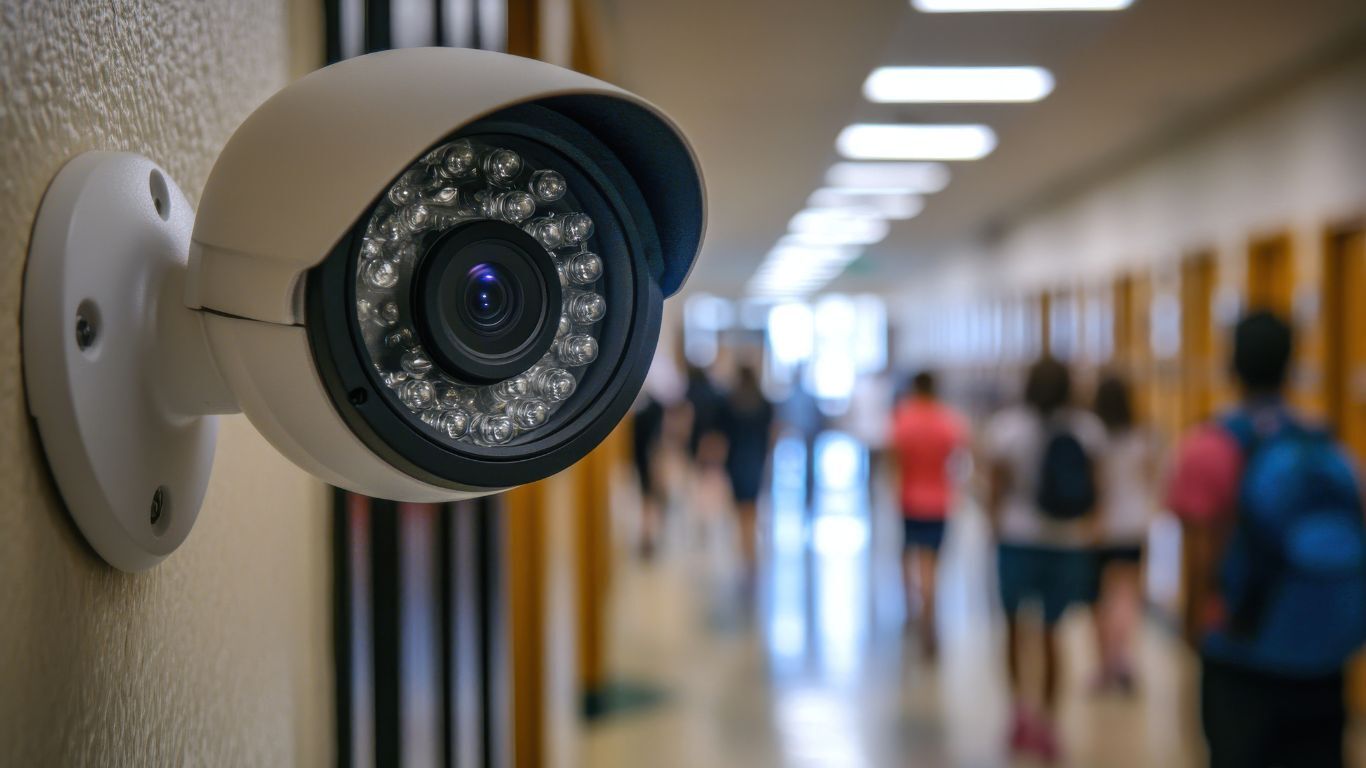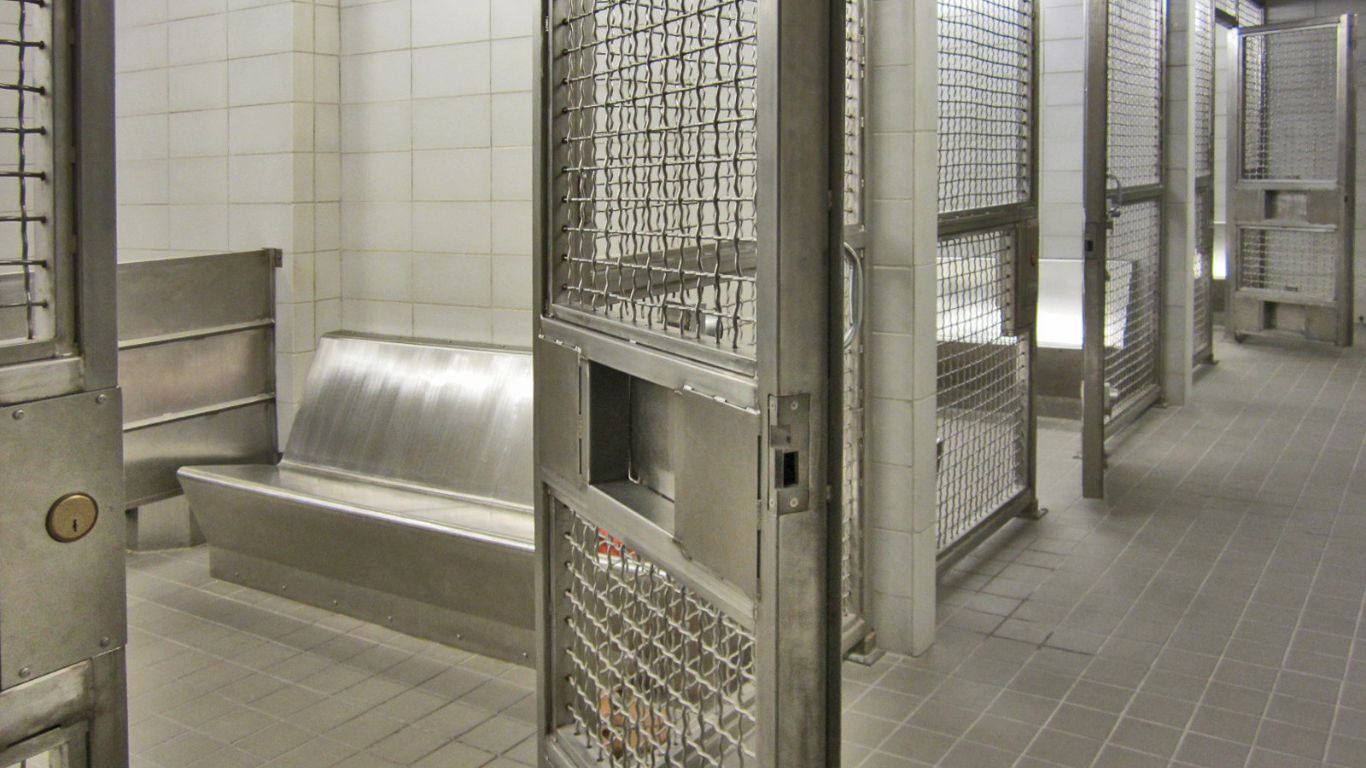Every day I read yet another article, sometimes online, sometimes in the newspaper, about an organization adopting an open office environment design that supports mobility and collaborative work practices. The Wall Street Journal recently ran an article about Citigroup’s new 39-story high-rise headquarters in downtown Manhattan.
Bankers, Lawyers…
The article states, “The nation’s third-largest bank is shifting to an open-plan layout—a vibe more identified with tech startups than global banking conglomerates—where no one, not even CEO Michael Corbat, will have a door. Most employees won’t even get their desks, and the layout at the new headquarters is minimalist and more egalitarian. Because most desks aren’t assigned, employees must lock up their family photos and personal touches each night. Everyone gets a window view—but no one gets complete privacy.”
The article reminds us that Citigroup is moving from Park Avenue offices that “feature a style that could be called midcentury banker: dark mahogany paneling, red leather walls and bookshelves filled with thick volumes of Delaware law.”
Hmm… Where have I heard that changing scenario before? It seems like just a few weeks ago; I posted an article written by our senior architect about his attorney converting his office from “dark walnut wood-paneled walls, bookshelves stocked with law books, massive desks, and heavy leather chairs” to a contemporary open layout justified by the profession’s new-found mobility options.
And the beat goes on.
… Everyone?
There is no question that the open office/mobility trend has moved from one end of the office spectrum to another. It has gone from Silicon Valley to Wall Street and D.C.’s K Street at a whirlwind pace over the past few years, rivaling the explosive growth rate of the technology supporting this trend.
It seems like everyone is doing it. But there is also growing evidence, which personally bothers me as well, that it might not be suitable for everyone.
I just read an article by Chloe Morrison at Nooga.com entitled “Opinions Differ on the Effectiveness of Open Offices.” The report addresses both the pros and cons of the open office environment. It is not the first article I have read on this subject and will undoubtedly not be the last. It concludes with the observation: "It's not for every business, and it's not for everyone." The article helped discuss the pros and cons and is observant in its conclusion. But it failed to take us one crucial step further; how can we determine which businesses and individuals are good candidates for thriving in an open office environment?
I have read several articles discussing the relative potential for individuals to be comfortable in an open office environment based on whether they are introverts or extroverts. Unfortunately, I believe that an assessment based principally on this factor overly simplifies the issues involved here.
Let me explain by using my virtual company’s experience as an example.
Not Your Traditional Open Office Environment
Fentress, Inc. has been a virtual company since its inception over 28 years ago. All of our employees, including myself, work from home offices. Although a home office differs from an open office environment, both represent significant departures from the traditional office setting. In this regard, my experience in attempting to select employees likely to thrive in a virtual organization may offer some parallel insights toward answering the question, “How can we determine which businesses and which individuals are good candidates for thriving in an open office environment?”
My experience has shown that about a third of the employees hired to work in a virtual home office need help to work effectively from home. Based on the references I have spoken to when hiring employees, these people can be productive in a traditional office setting. I have had employees leave the company because they could not effectively work from home but went on to take responsible positions in conventional office settings.
When considering if prospective employees are the right fit to work virtually, I find out the following: Are they self-starters? Can they work independently, or do they require supervision? Are they technology savvy? Do they work well in a team? Can they communicate effectively and clearly?
These are multiple and complex personality and work practice traits. Identifying them early in an employee selection effort is the key to avoiding a misstep for the company or a prospective new employee. The same need for early identification of the open office-compatible personality and work practice traits applies to a business or an individual considering a relaxed office environment.
As I noted in a previous paragraph, articles discussing the potential for individuals to be comfortable in an open office environment tend to base this conclusion on being introverts versus extroverts. Suppose I am correct that an assessment based solely on this factor overly simplifies the issues. How do we identify which individuals and businesses are compatible with an open office environment?
This subject warrants more space than can be devoted to this blog. Please stay tuned. There’s more to come.

